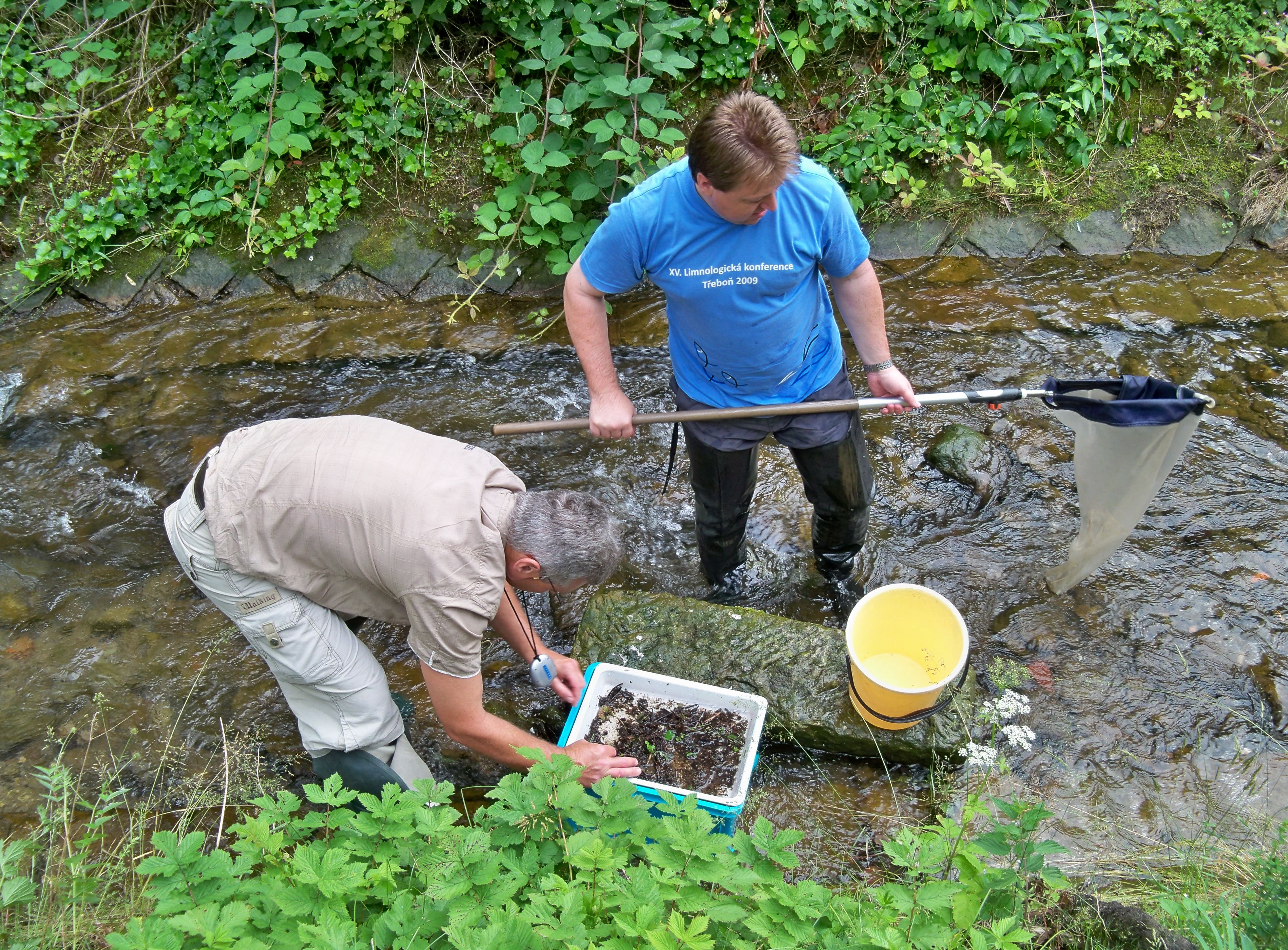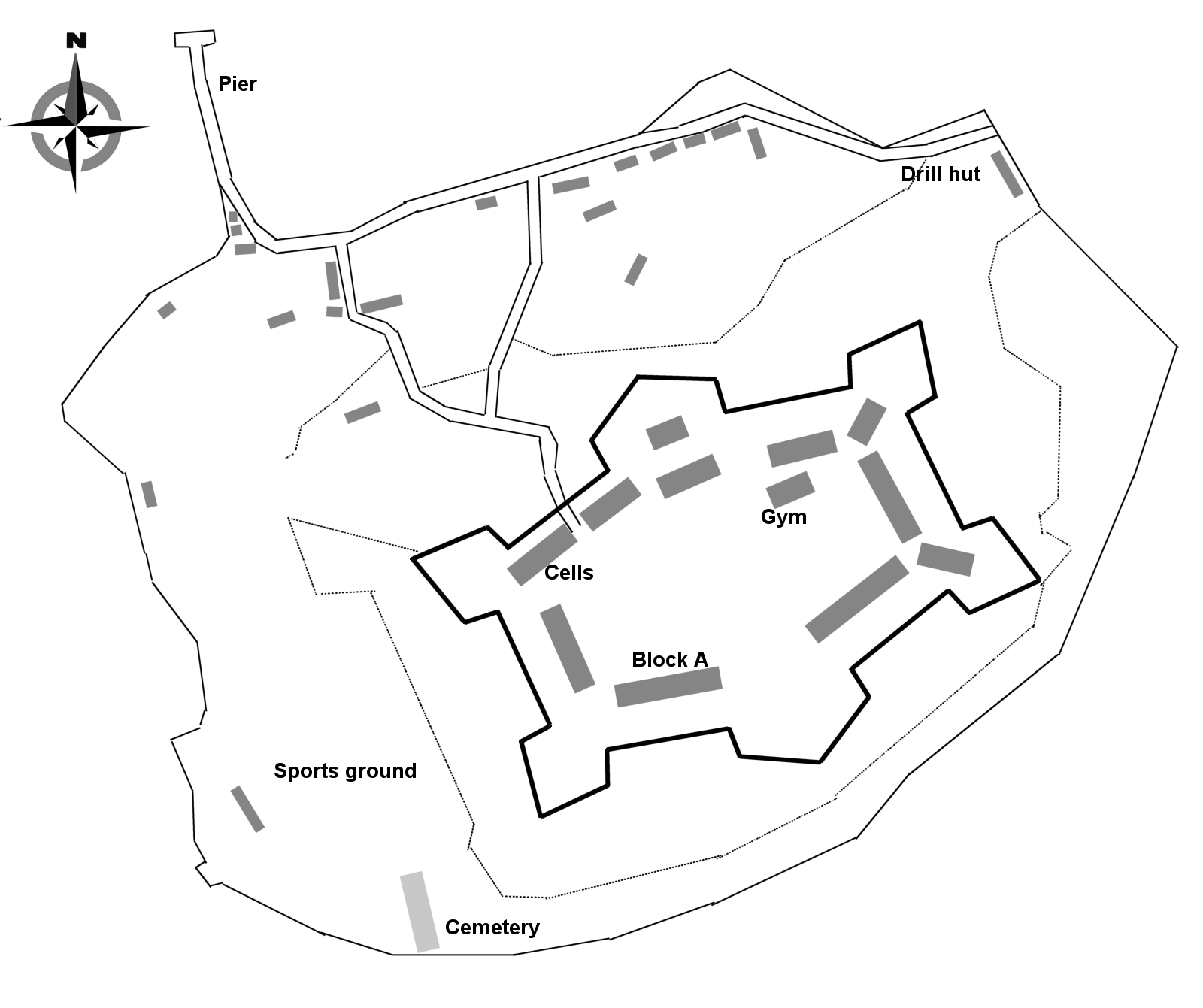|
Institute For Field Research
The Institute for Field Research (IFR) is a nonprofit organization established in 2011 by a group of academic archaeologists. It operates as an independent, nonprofit academic organization that offers field research courses (field schools) at various sites around the world. The IFR worked with different universities to provide students with academic credit units. At present, the IFR school of record is Connecticut College. Through this agreement, students receive 8 semester credit units (equivalent to 12 quarter units) for attending any of the field schools offered by the IFR. These units are transferable to student's home institution through official Connecticut College transcripts. Students receive a letter grade for attending a field school. All field schools provide a minimum of 160 direct instructional hours. The IFR has conducted field schools at numerous sites around the world, including Cahokia, Spike Island and Ribchester Ribchester is a village and civil parish with ... [...More Info...] [...Related Items...] OR: [Wikipedia] [Google] [Baidu] |
Public Charity
A charitable organization or charity is an organization whose primary objectives are philanthropy and social well-being (e.g. educational, religious or other activities serving the public interest or common good). The legal definition of a charitable organization (and of charity) varies between countries and in some instances regions of the country. The regulation, the tax treatment, and the way in which charity law affects charitable organizations also vary. Charitable organizations may not use any of their funds to profit individual persons or entities. (However, some charitable organizations have come under scrutiny for spending a disproportionate amount of their income to pay the salaries of their leadership). Financial figures (e.g. tax refund, revenue from fundraising, revenue from sale of goods and services or revenue from investment) are indicators to assess the financial sustainability of a charity, especially to charity evaluators. This information can impact a cha ... [...More Info...] [...Related Items...] OR: [Wikipedia] [Google] [Baidu] |
Nonprofit Organization
A nonprofit organization (NPO) or non-profit organisation, also known as a non-business entity, not-for-profit organization, or nonprofit institution, is a legal entity organized and operated for a collective, public or social benefit, in contrast with an entity that operates as a business aiming to generate a Profit (accounting), profit for its owners. A nonprofit is subject to the non-distribution constraint: any revenues that exceed expenses must be committed to the organization's purpose, not taken by private parties. An array of organizations are nonprofit, including some political organizations, schools, business associations, churches, social clubs, and consumer cooperatives. Nonprofit entities may seek approval from governments to be Tax exemption, tax-exempt, and some may also qualify to receive tax-deductible contributions, but an entity may incorporate as a nonprofit entity without securing tax-exempt status. Key aspects of nonprofits are accountability, trustworth ... [...More Info...] [...Related Items...] OR: [Wikipedia] [Google] [Baidu] |
Archaeologists
Archaeology or archeology is the scientific study of human activity through the recovery and analysis of material culture. The archaeological record consists of artifacts, architecture, biofacts or ecofacts, sites, and cultural landscapes. Archaeology can be considered both a social science and a branch of the humanities. It is usually considered an independent academic discipline, but may also be classified as part of anthropology (in North America – the four-field approach), history or geography. Archaeologists study human prehistory and history, from the development of the first stone tools at Lomekwi in East Africa 3.3 million years ago up until recent decades. Archaeology is distinct from palaeontology, which is the study of fossil remains. Archaeology is particularly important for learning about prehistoric societies, for which, by definition, there are no written records. Prehistory includes over 99% of the human past, from the Paleolithic until the adve ... [...More Info...] [...Related Items...] OR: [Wikipedia] [Google] [Baidu] |
Academic Organization
Academic institution is an educational institution dedicated to education and research, which grants academic degrees. See also academy and university. Types * Primary schools – (from French ''école primaire'') institutions where children receive the first stage of compulsory education known as primary or elementary education. ''Primary school'' is the preferred term in the United Kingdom and many Commonwealth Nations, and in most publications of the United Nations Educational, Scientific, and Cultural Organization (UNESCO). In some countries, and especially in North America, the term '' elementary school'' is preferred. Children generally attend primary school from around the age of four or five until the age of eleven or twelve. * Secondary schools – institutions where the final stage of compulsory schooling, known as secondary education, takes place. It follows on from primary or elementary education. There are many different types of secondary school and the te ... [...More Info...] [...Related Items...] OR: [Wikipedia] [Google] [Baidu] |
Field Research
Field research, field studies, or fieldwork is the collection of raw data outside a laboratory, library, or workplace setting. The approaches and methods used in field research vary across disciplines. For example, biologists who conduct field research may simply observe animals interacting with their environments, whereas social scientists conducting field research may interview or observe people in their natural environments to learn their languages, folklore, and social structures. Field research involves a range of well-defined, although variable, methods: informal interviews, direct observation, participation in the life of the group, collective discussions, analyses of personal documents produced within the group, self-analysis, results from activities undertaken off- or on-line, and life-histories. Although the method generally is characterized as qualitative research, it may (and often does) include quantitative dimensions. History Field research has a long history. ... [...More Info...] [...Related Items...] OR: [Wikipedia] [Google] [Baidu] |
Connecticut College
Connecticut College (Conn College or Conn) is a private liberal arts college in New London, Connecticut. It is a residential, four-year undergraduate institution with nearly all of its approximately 1,815 students living on campus. The college was founded in 1911 as "Connecticut College for Women" in response to Wesleyan University closing its doors to women in 1909; it shortened its name to "Connecticut College" in 1969 when it began admitting men. Students choose courses from 41 majors, including an interdisciplinary, self-designed major. The college is a member of the New England Small College Athletic Conference. History The college was chartered in 1911 in response to Wesleyan University's decision to stop admitting women. Elizabeth C. Wright and other Wesleyan alumnae convinced others to found this new college, espousing the increasing desire among women for higher education. To that end, the institution was founded as the ''Connecticut College for Women.'' Their initia ... [...More Info...] [...Related Items...] OR: [Wikipedia] [Google] [Baidu] |
Letter Grade
Grading in education is the process of applying standardized measurements for varying levels of achievements in a course. Grades can be assigned as letters (usually A through F), as a range (for example, 1 to 6), as a percentage, or as a number out of a possible total (often out of 100). In some countries, grades are averaged to create a grade point average (GPA). GPA is calculated by using the number of grade points a student earns in a given period of time. GPAs are often calculated for high school, undergraduate, and graduate students, and can be used by potential employers or educational institutions to assess and compare applicants. A cumulative grade point average (CGPA), sometimes referred to as just GPA, is a measure of performance for all of a student's courses. History Yale University historian George Wilson Pierson writes: "According to tradition the first grades issued at Yale (and possibly the first in the country) were given out in the year 1785, when President ... [...More Info...] [...Related Items...] OR: [Wikipedia] [Google] [Baidu] |
Cahokia
The Cahokia Mounds State Historic Site ( 11 MS 2) is the site of a pre-Columbian Native American city (which existed 1050–1350 CE) directly across the Mississippi River from modern St. Louis, Missouri. This historic park lies in south-western Illinois between East St. Louis and Collinsville. The park covers , or about , and contains about 80 manmade mounds, but the ancient city was much larger. At its apex around 1100 CE, the city covered about and included about 120 earthworks in a wide range of sizes, shapes, and functions."Nomination – Cahokia Mounds State Historic Site, Illinois" ''US World Heritage Sites'', National Park Service, accessed 2012-05-03 Cahokia was the largest and most influential urban settlement of the [...More Info...] [...Related Items...] OR: [Wikipedia] [Google] [Baidu] |
Spike Island, County Cork
Spike Island ( gle, Inis Píc) is an island of in Cork Harbour, Ireland. Originally the site of a monastic settlement, the island is dominated by an 18th-century bastion fort now named Fort Mitchel. The island's strategic location within the harbour meant it was used at times for defence and as a prison. Since the early 21st century the island has been developed as a heritage tourist attraction, with €5.5 million investment in exhibition and visitor spaces and accompanying tourism marketing. There were in excess of 81,000 visitors to the island during 2019, a 21% increase on 2018 numbers. Spike Island was named top European tourist attraction at the 2017 World Travel Awards. History Early history The principal evidence for a monastic foundation on Spike Island comes from Archdall's ''Moanasticon Hibernicum'', which states that Saint Mochuada founded a monastery there in the 7th century. While this may be correct, another passage from the "Life of St Mochuada" implies ... [...More Info...] [...Related Items...] OR: [Wikipedia] [Google] [Baidu] |
Ribchester
Ribchester is a village and civil parish within the Ribble Valley district of Lancashire, England. It lies on the banks of the River Ribble, northwest of Blackburn and east of Preston. The village has a long history with evidence of Bronze Age beginnings. It is well known as a significant Roman site being the location of a Roman cavalry fort called Bremetennacum, some parts of which have been exposed by excavation. In common with many towns and villages in East Lancashire its later history was dominated by cotton weaving; firstly in the form of hand-loom weaving and later in two mills. Neither mill still operates and the village is primarily a dormitory village for commuters to the town of Blackburn and the cities of Preston and Manchester. The main access road into Ribchester is the B6245. From the north-west, this is Preston Road, which merges into Church Street. From the east, it is Blackburn Road, which, at its westernmost extremity, also links up with Church Street, ... [...More Info...] [...Related Items...] OR: [Wikipedia] [Google] [Baidu] |
Organizations Established In 2011
An organization or organisation (Commonwealth English; see spelling differences), is an entity—such as a company, an institution, or an association—comprising one or more people and having a particular purpose. The word is derived from the Greek word ''organon'', which means tool or instrument, musical instrument, and organ. Types There are a variety of legal types of organizations, including corporations, governments, non-governmental organizations, political organizations, international organizations, armed forces, charities, not-for-profit corporations, partnerships, cooperatives, and educational institutions, etc. A hybrid organization is a body that operates in both the public sector and the private sector simultaneously, fulfilling public duties and developing commercial market activities. A voluntary association is an organization consisting of volunteers. Such organizations may be able to operate without legal formalities, depending on jurisdiction, includin ... [...More Info...] [...Related Items...] OR: [Wikipedia] [Google] [Baidu] |
.jpg)





